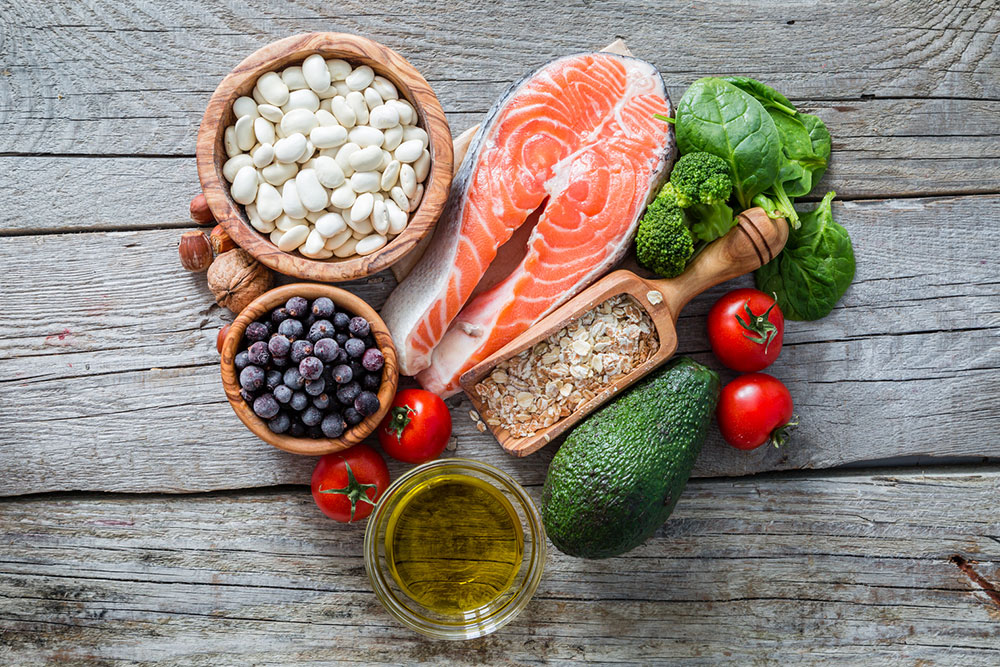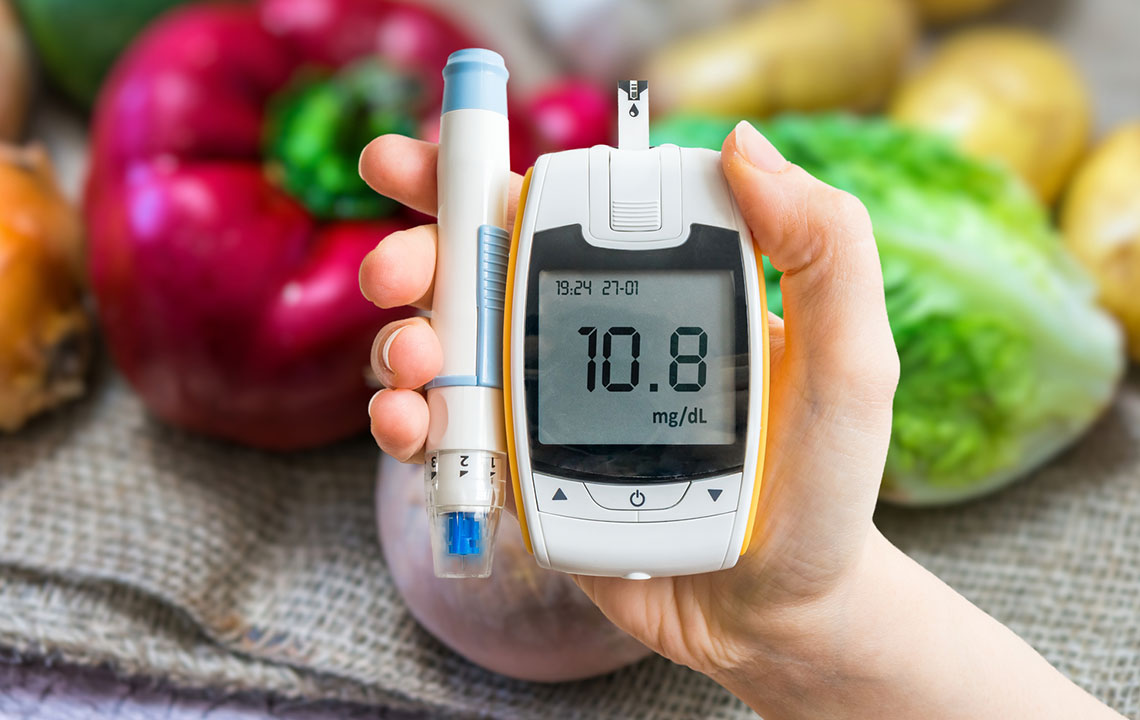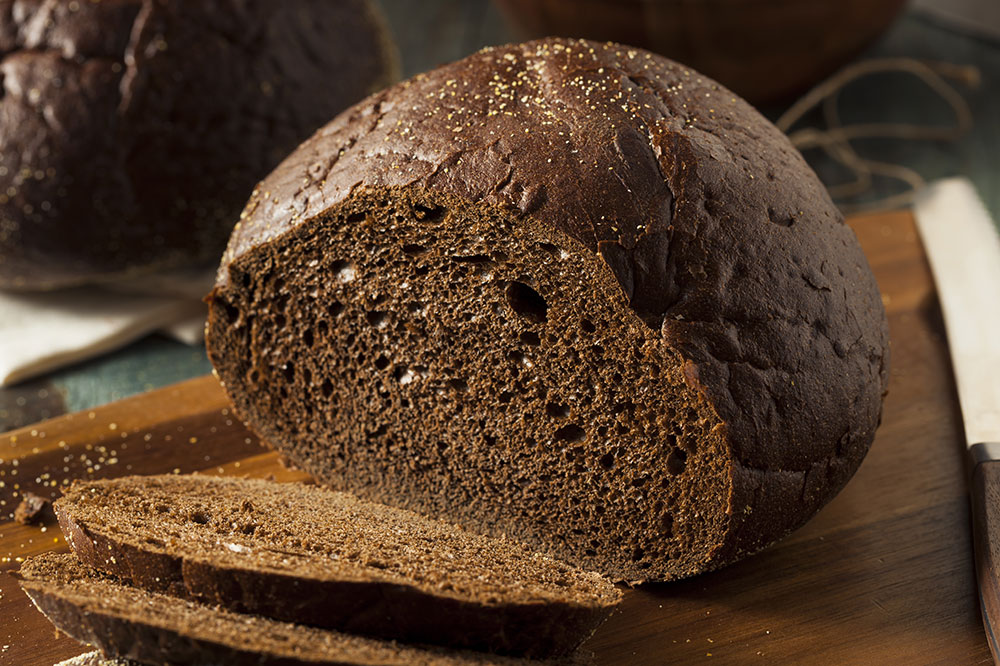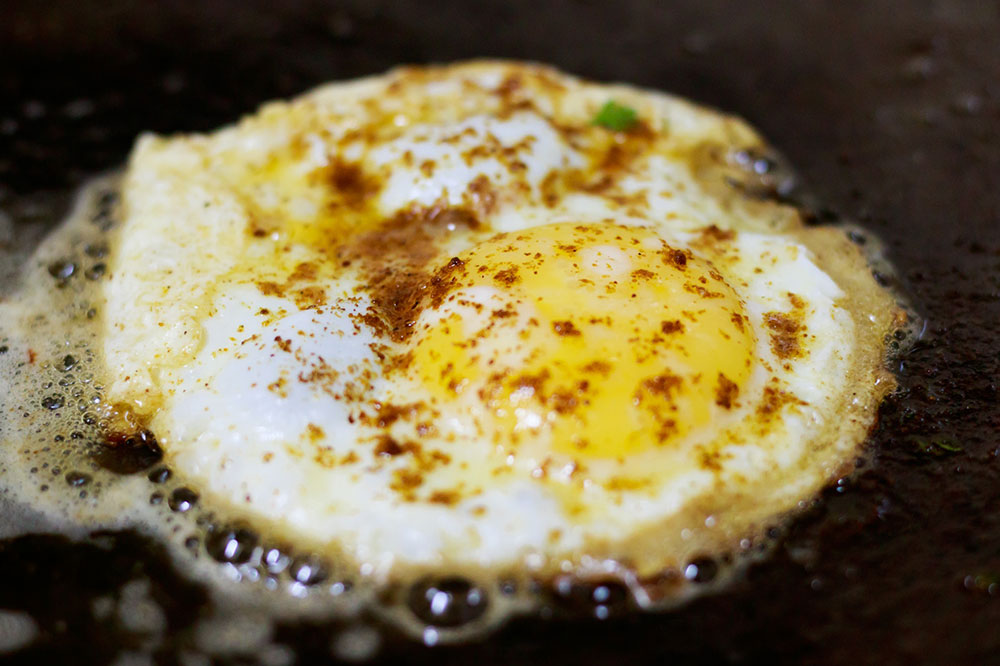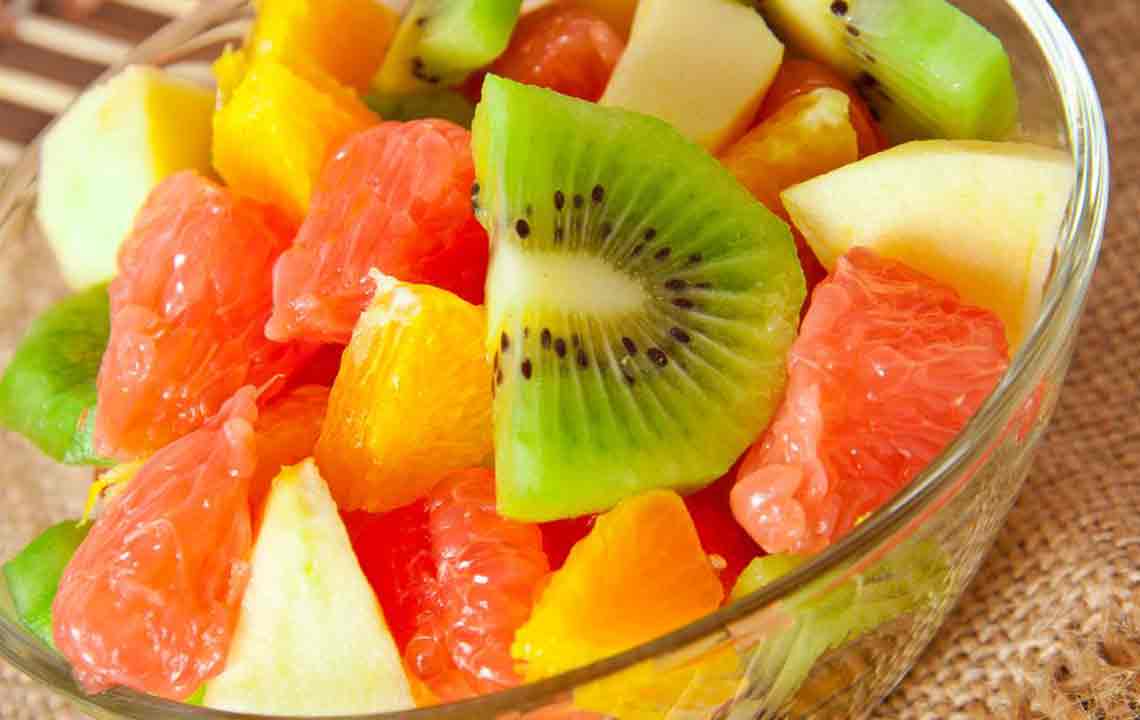Comprehensive Guide to Foods for Managing Diabetes
This comprehensive guide provides essential dietary tips for managing diabetes, highlighting beneficial and avoidable foods. It emphasizes the importance of balanced meals, portion control, and lifestyle changes to maintain healthy blood sugar levels. Learn about protein, fats, grains, fruits, and vegetables suitable for diabetics, along with practical advice for a healthier lifestyle. Perfect for individuals seeking practical, easy-to-understand dietary guidance to effectively control diabetes and improve overall health.
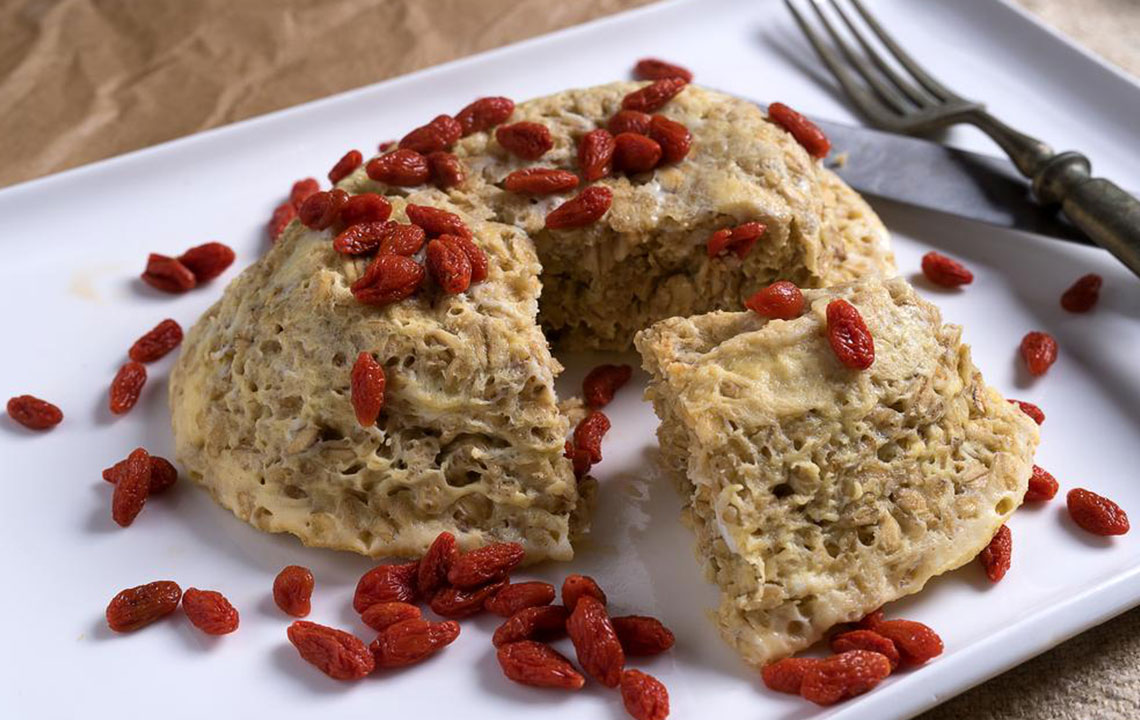
Comprehensive Guide to Foods for Managing Diabetes
Managing blood sugar levels effectively requires careful dietary choices. In the United States, diabetes has become a widespread health concern, driven by busy lifestyles and changing eating habits. Once diagnosed, diabetes is a lifelong condition that necessitates mindful eating. The key is to identify which foods support blood sugar regulation and which ones may worsen it. Creating a balanced diet doesn’t mean sacrificing taste; it involves selecting the right nutritious options from the best and worst food categories for diabetics.
Healthy and Unhealthy Protein Choices
According to the American Diabetes Association, consuming lean proteins is vital for diabetics. Opt for options like turkey, fish, beans, and nuts, which are low in saturated fats. Incorporate dishes with salmon or turkey a few times per week for variety. Vegetarian options like legumes and nuts are also excellent. Conversely, processed meats such as hot dogs and red meats should be avoided as they can spike blood sugar and contribute to high blood pressure, increasing cardiovascular risks.
Ideal Dairy Selections
Greek yogurt without added sugars is an excellent dairy choice. It can be enjoyed as a snack or breakfast component. Low-fat or fat-free dairy products help control blood glucose levels. However, sweets like chocolates and ice creams are high in fats and should be eaten sparingly or avoided entirely. Always read labels to prevent dairy products containing artificial sweeteners or added sugars, which can negatively impact your health.
Suitable and Unsuitable Grains
Whole grains such as oats, quinoa, and brown rice are beneficial for blood sugar management. They offer dietary fiber and nutrients essential for overall health. However, processed grains like white flour products—including white bread, pastries, and white pasta—should be limited or avoided, as they can cause blood sugar spikes. Stick to unrefined grains to support your diabetic diet.
Fruits in Moderation
Fruits can be part of a healthy diet if chosen carefully. Berries, guava, lemon, and cucumber are low-sugar options rich in fiber and antioxidants. Avoid dried fruits, which contain concentrated sugars, and packaged fruit juices, which often have added preservatives and artificial sweeteners. Fresh, whole fruits are the best option for snacking and adding natural sweetness to meals.
Vegetables to Emphasize and Limit
Include high-fiber, low-carbohydrate vegetables like spinach, broccoli, cauliflower, carrots, and green beans. Limit starchy vegetables such as potatoes, peas, and corn, which can raise blood sugar levels when consumed in excess. Focus on non-starchy vegetables to maintain blood sugar control.
Healthy Fats and Their Role
While low-fat diets are often recommended for diabetics, not all fats are harmful. Incorporate healthy fats from sources like avocados, nuts, seeds, and olive oil, which can improve cholesterol levels. Limit intake of saturated fats found in butter, cheese, and fried foods, as they can increase cardiovascular risk. Moderation is key in maintaining a balanced intake of fats.
Proper portion control and mindful eating are crucial for managing diabetes. Identifying which foods to include and avoid is just one part of the equation. Regular physical activity and lifestyle modifications can significantly enhance blood sugar management. With these healthy choices, diabetics can enjoy a balanced, delicious diet while maintaining their health.

